How to Grow Sweet Peas From Seed

Have you dreamed of having a garden full of good old-fashioned sweet peas? I’ll share my tips on sowing sweet pea seeds indoors, how to transplant them into the garden, and much more.
You can see more gardening tips here.
Sweet Peas Lathyrus odoratus
- Annual hardiness zones 7 up
- 6 hours morning sun
- Well-draining soil
When to Grow Sweet Peas
In the warmer regions where winter weather is more mild (zone 7 and above), sweet peas can be sown in the fall. For everyone else, you’ll sow your sweet pea seeds in late winter or early spring. They like cool roots and temperatures, and can be sown indoors 10-12 weeks before the last frost of the season, which for my area is around April 18th.
Sweet peas can also be sown directly in the ground as soon as the soil can be worked in the spring. The optimum soil temperature for sowing sweet pea seeds is 55-65°F. Make sure to watch for birds, snails, slugs, and other pests, they love sweet peas!
Note: Sweet pea seeds are poisonous if ingested. Use caution around children and pets.
Step 1 – Soak Seeds in Water
In order to speed up the sprouting process by a few days, soak the seeds in water for 24 hours before sowing to soften the seed coat. This process can be done for indoor and spring sowing. There’s no need with fall sowing though.
Step 2 – Choose Container
Sweet peas produce an abundant amount of roots, so use the deepest pots you can find. I usually use 4-inch pots, or you can use root trainers as well. The more room you give the roots at the beginning stages of the seed starting process, the better the plant will grow in the long run.
Step 3 – Fill Containers with Soil
I would recommend using a good quality seed starting potting soil when sowing your sweet pea seeds. Good soil will make all the difference in the world. The soil should be moistened before adding it to the container.
BENEFITS TO USING A SEED STARTING MIX
- Helps to germinate quickly
- Holds the moisture
- Allows the roots to penetrate down into the garden soil quickly.
You can make the mix go even further by filling the bottom half of the container with regular potting soil and then filling the rest of it with the seed starting mix, where the seeds are going to be placed.
Step 4 – Sowing the Seeds
Sow 2 seeds per container or cell by creating 1-half-inch hole into the soil, in 2 opposite corners. You can use a pencil, dibbler or even your finger to make a hole.
Step 5 – Bottom Water
Bottom watering is the most gentle and easy way to water your sweet pea seedlings. Fill the drainage tray with about an inch of water and let the container sit in the tray to evenly moisten the soil. DO NOT leave the container in a tray full of water for more than an hour.
Step 6 – Cover
By covering your container with a plastic dome lid, it will increase the humidity and speed up the germination process.
Place in a cool greenhouse or in a bright window in the house.
Once the Sweet Peas Have Germinated
Take the plastic lid off the container once the seeds have germinated.
Pinching
Once the sweet pea plant is 4-6 inches tall, and has at least 3 sets of leaves on each stalk, start pinching it back to encourage side shoots. Pinching not only encourages the plant to actively branch from the base, but also produces more blooms. Snip off the central growing tips just above leaf joints and continue this throughout the growing season.
Preparing the Garden Beds
When planning the location of your garden beds, keep in mind that sweet peas love full sun in the northern half of the US, and afternoon shade in the southern states.
Provide Nutrients
Sweet peas are heavy feeders and need extra nutrients. When preparing the garden beds for transplanting, add a layer of compost or bone meal, and natural fertilizer. Mix these ingredients deep into the soil.
Provide a Structure for Sweet Peas to Climb
Sweet pea vines will grow quickly and at least 6 foot tall, so they’ll need a strong structure to climb on. Setting up a structure, like a trellis, before the sweet pea vines start growing, will not only be easier, but will less likely damage your plants.
Tall wooden or metal posts with a metal fencing attached will allow the vines to climb up them. I use cattle fencing or chicken wire.
As the sweet peas continue to grow up the trellis through the season, tie the vines to the structure. I use twine. They can grow more than a foot a week during the prime growing season.
Transplanting Sweet Pea Seedlings to the Garden
Transplant the sweet pea seed starts to garden beds around the last spring frost. Plant in two rows, one on each side of the trellis, spacing roughly 8 inches apart, down the row.
Watering
Sweet peas need a lot of water to thrive, especially during the warm weather. I set up soaker hoses as soon as they’ve been transplanted to their new home in the garden.
Feeding Plants
Feed plants weekly with diluted fish and seaweed emulsion.
Caring for Your Sweet Peas
To prolong blooming, harvest and deadhead flowers frequently to keep the plants from setting seed. Deadheading is the process of trimming back the old flowers, encouraging new growth.
Enjoyed the project?
Resources for this project:
See all materials
Comments
Join the conversation
-
-
-
 Vaini Svetliza
on Jun 14, 2022
Vaini Svetliza
on Jun 14, 2022
Can’t wait to have my first home so I can plant a thousand of my dear favorite flower sweet peas 💖 thank you!!!!!!!!
-
-



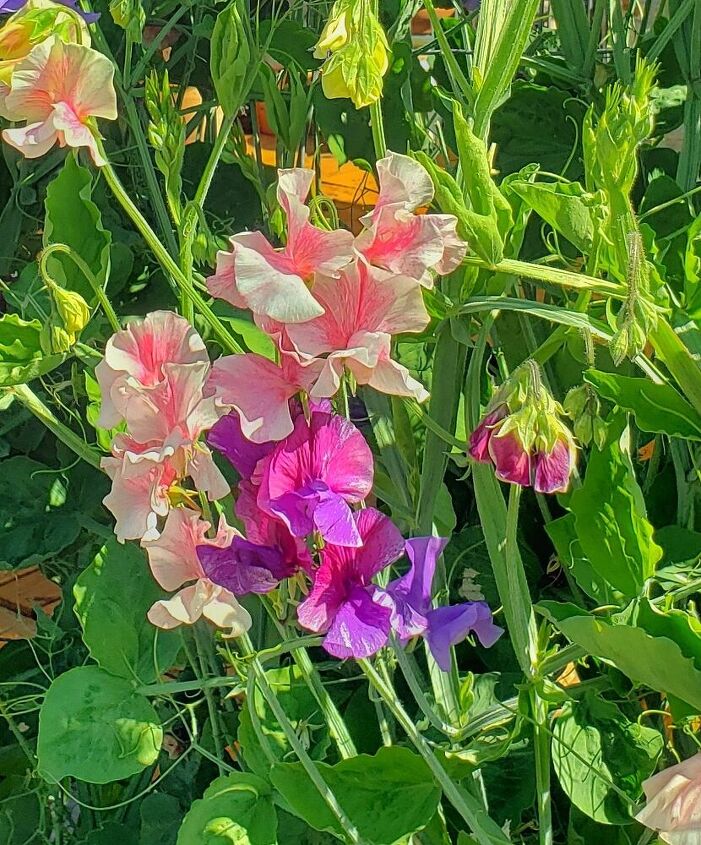


















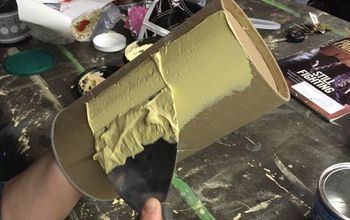
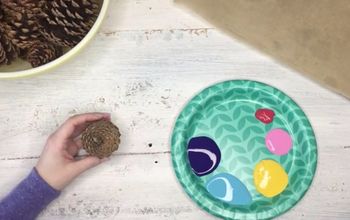



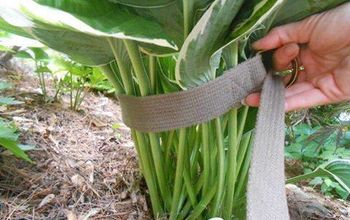
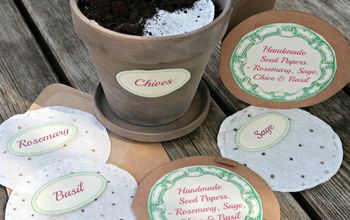
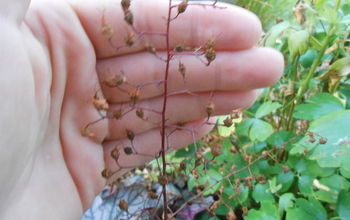
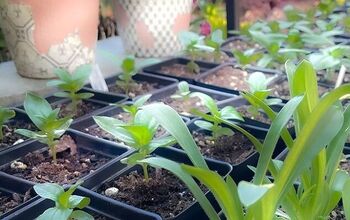
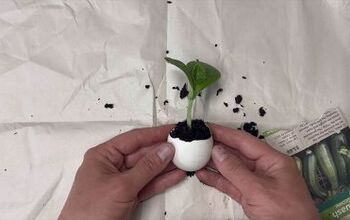

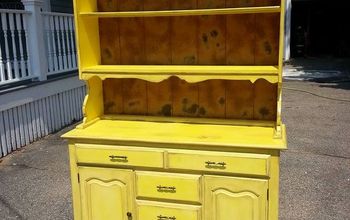
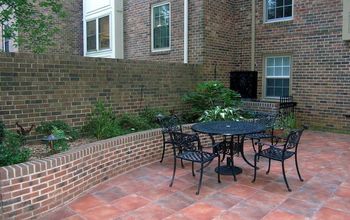

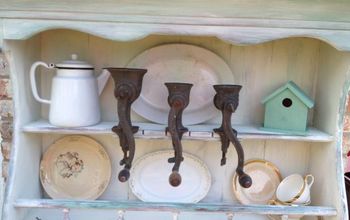
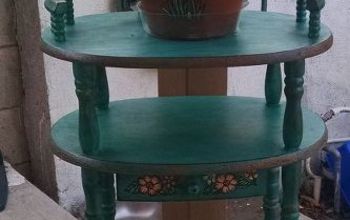

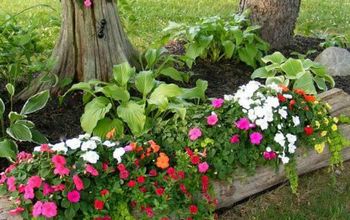
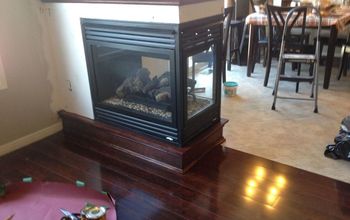
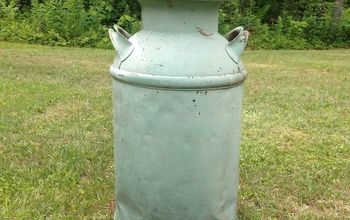
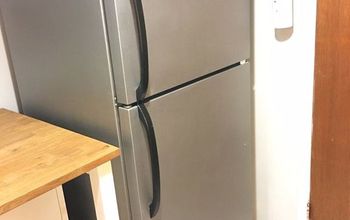
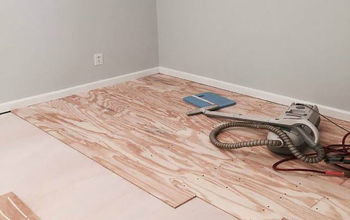
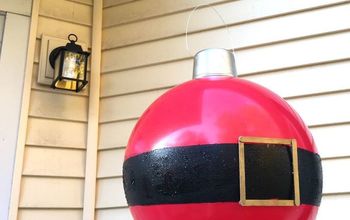
Frequently asked questions
Have a question about this project?
Your advice is very helpful. I love your backyard and envy your potting bench. Could you please teach how to make one like that? You are an amazing gardener!!!
Thank you so much for this very helpful information on growing Sweet Peas! My daughter loves them and they are so pretty and colorful. I was wondering...how long do they bloom and you mentioned deadheading the flowers to keep them from going to seed, but if you wanted to get some seeds to keep for planting the following year how would you do that?
Can almost smell your beautiful flowers! Your yard is so beautiful. Just wondering if you prefer any particular variety of sweet pea? I've not grown them but have such fond memories of tall vines and heavenly scents in my Grandma's backyard. So probably I'd like highly scented variety so would appreciate suggestions. Thank you.
why are planting these seeds any different than other seeds? They reseed themselves so it can't be that difficult to put seeds in the ground.